Spelling. It’s probably one of the most controversial topics in the literacy world. Should kids use invented spelling? Should kids take those Friday spelling tests? Should spelling be graded on the report card? Should spelling even be a studied subject in the classroom and at home?
And if you talk with other educators, you will quickly find out that there are as many answers to and opinions about these questions as there are flavors of ice cream.
*This post contains affiliate links.
While all these factors can be controversial, there’s one thing that we can probably all agree on. Spelling plays a supporting role in reading. {Side note: if we want to be totally fair here, reading also plays a supporting role in spelling, but that’s another post entirely.} Today, I want to explore just 5 reasons why this is and some effective teaching methods/tools that build the connection between the two subjects even stronger.
How Spelling Supports Reading
1- Spelling “forces” kids to SLOW down and really focus on the letter combinations that make up words. Often times, readers breeze right by words, not processing the entire word or letter combinations in words. This is especially true of young readers and struggling readers, who may only use partial cues from words (often times the initial letters of words) to make guesses at unknown words.
2- Spelling takes words out of context. Young readers (and struggling/reluctant readers) often use context to help them read words. For example, a young child can use the picture in the book to help him figure out the word skateboard. An older reader may use the context of the sentence or story to help him figure out a word such as autumn. Both of these students are not necessarily stopping to study the word. They are making best guesses based on context, rather than the actual letters/letter combinations that create the word.
Using context isn’t necessarily a bad thing (I don’t advocate taking the pictures away from young readers); but as readers grow, we want their reading strategies to grow. Heavy reliance on context to figure out unknown words begins pay its toll. You can read more about taking words out of context in my guest post over at Teach Mama.
3- Spelling helps kids see how words are connected by spelling and/or meaning. No, I’m not referring to a random list of words, but purposefully chosen words to highlight the patterns in words, much like the word lists you’ll find in the word study approach or All About Spelling. Older spellers can begin to explore Greek and Latin roots (such as graph), which can help them spell and understand many other words.
4- Spelling helps kids read with more fluency. A large portion of learning to read with fluency is the ability to recognize words quickly and easily (automatically).
Meaningful spelling instruction helps kids understand the logic and patterns behind spellings and how those same patterns apply to other words. This can help kids to decode and/or recognize those words more quickly.
5-Spelling aids with comprehension of text. If students have learned more decoding strategies from their spelling instruction, it might go without saying that students will generally be able to read words more accurately. And if students can read more accurately and fluently, spending less time laboring through words, their minds can be freed up to focus on understanding the text (the ultimate purpose of reading).
Effective Spelling Strategies
- Focus on how words are connected and related. Instead of studying random words, study words based on their common patterns. Do sight words need attention, too? Absolutely! I’m an advocate of both sight words AND phonics. But many sight words (also called high frequency words) can be taught within patterns (such as big, in, it, & is–> all short i words).
- Make it hands-on. Kids need to manipulate and analyze words in order to make sense of how spelling works. Let’s replace “Write your words five times each” with something more hands-on! {And here are 50 ideas for doing so.}
- Your teaching needs to be developmentally appropriate. I have A LOT to say about this one in my ebook, Teaching Kids to Spell. Basically, if your spelling instruction is too hard or too easy for a child, it’s not developmentally appropriate. And how do you know where to start your instruction? One great place to start is with their spelling mistakes, like I talk about in this invented spelling post and word study post.
$9.99Add to cart
Read more about effective spelling strategies in my ebook, Teaching Kids to Spell.
Effective Spelling Tools
While I have a detailed post on favorite tools and manipulatives for spelling, I am SUPER excited to have some NEW special tools (a technology piece) that compliments Teaching Kids to Spell! So far, we have Short Vowel Word Study App and Long Vowel Word Study App and they can be bought on Google Play and iTunes. {These are the first of more word study apps to come.}
These Spelling Apps Feature:
- word sorts {categorizing words by short vowel patterns},
- finding the oddball {analyzing words},
- spelling {manipulating letter tiles},
- writing short and long vowel words,
- and a Word Fun! spelling section
- Short Vowel Word Study
You Might Also Like:
- 10 Days of Teaching Spelling Through Word Study
- Why I Don’t Give a Friday Spelling Test
- Word Bump! Interactive Spelling Games
- 50 Hands-on Spelling Activities
Follow This Reading Mama’s board Word Study/Phonics on Pinterest.
Enjoy!
~Becky
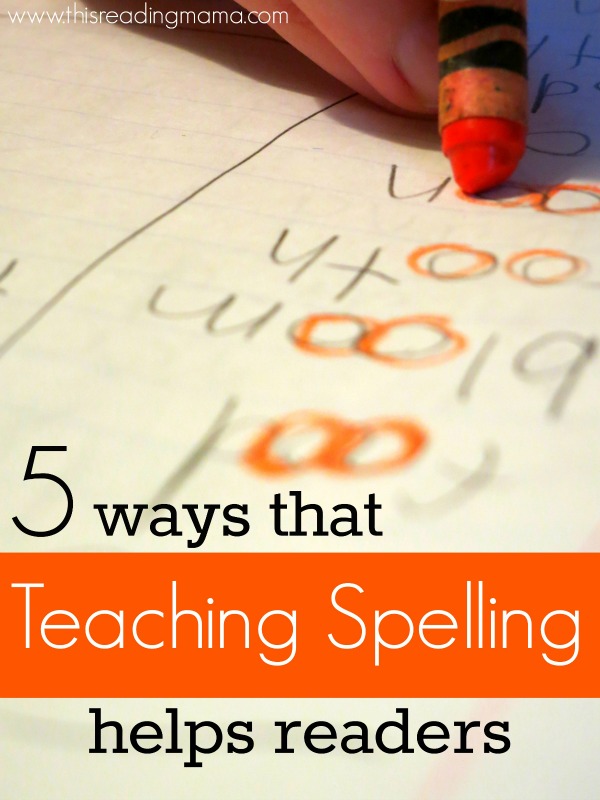

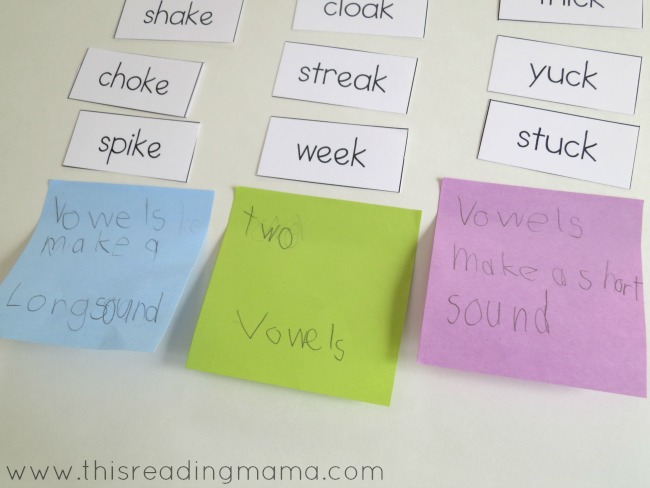
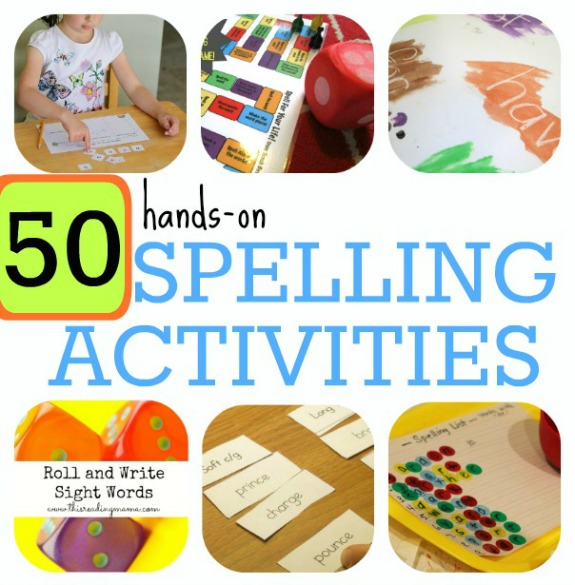
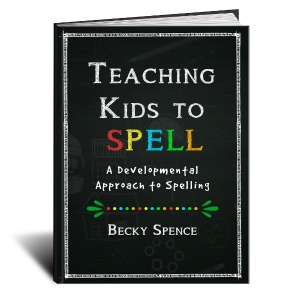
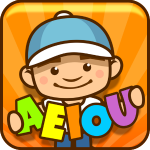
Really good points to think about. Thanks for the article. As a side note, I am in Australia. Kids aged K – Grade 1 are aged 5-6. Is this the same age group for the Short Vowel Word Study? Thanks again. Very informative
I’d say look more at the development of the child instead of their age. This article explains it a little more–> https://thisreadingmama.com/spelling-app-google-play/